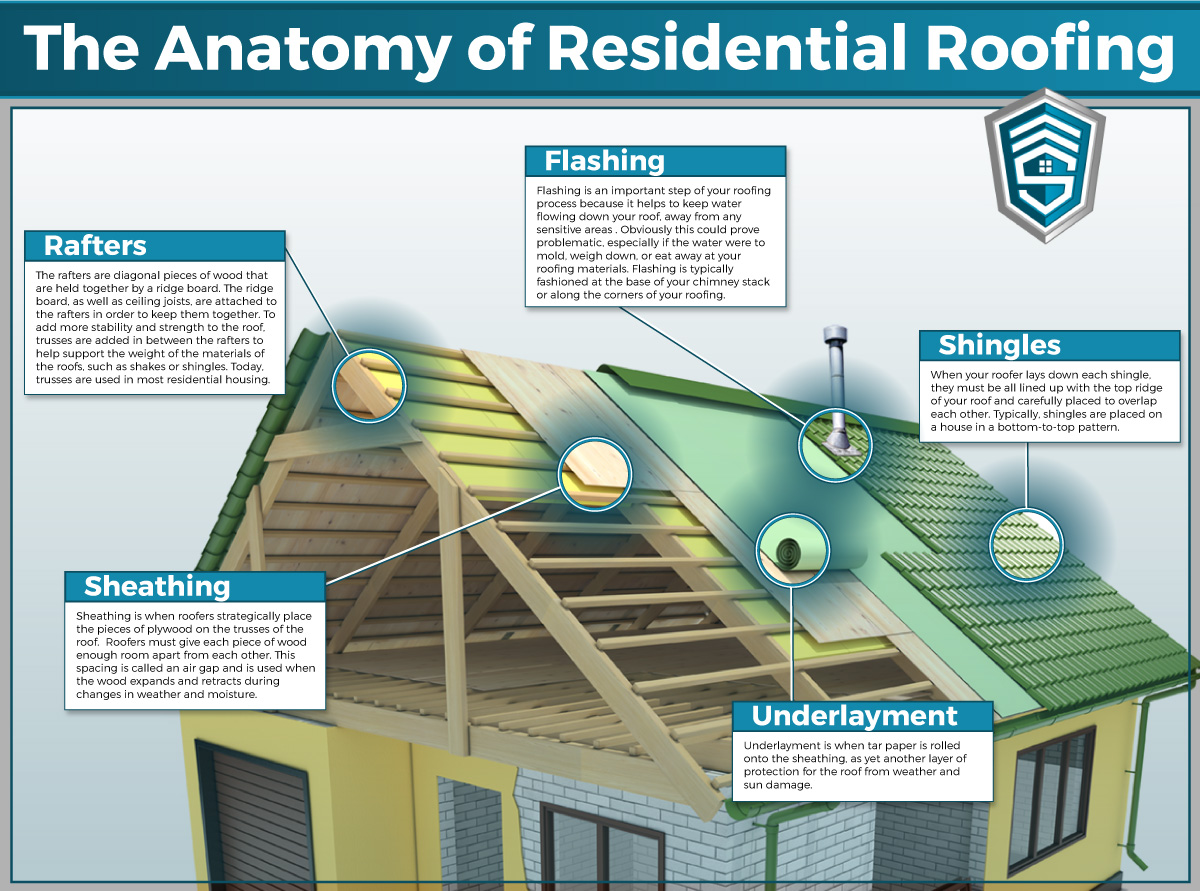Ignoring The Importance Of Roofing System Air Flow Can Result In Substantial Damage; Recognize The Important Elements That Promote An Effective Setup And Secure Your Financial Investment
Ignoring The Importance Of Roofing System Air Flow Can Result In Substantial Damage; Recognize The Important Elements That Promote An Effective Setup And Secure Your Financial Investment
Blog Article
Web Content Develop By-Conway Curtis
When you're dealing with a roof task, you could not believe much about roofing ventilation, yet it's more vital than you realize. Efficient air flow helps manage temperature level and dampness in your attic room, stopping troubles like mold and mildew and architectural damage. By recognizing exactly how to make and set up a well balanced ventilation system, you can improve power performance and lengthen the lifespan of your roof materials. So, what are the vital elements to take into consideration throughout setup that can make all the difference?
Value of Roofing System Ventilation
Roof covering ventilation plays a vital role in maintaining the total health of your home. By permitting fresh air to distribute through your attic, it assists manage temperature and wetness degrees. This balance is essential to protect against heat buildup throughout warm months, which can bring about raised power expenses as your cooling works overtime.
Moreover, appropriate ventilation substantially lowers the threat of moisture-related issues like mold and mildew. If humidity degrees climb, your home's architectural integrity can be compromised, bring about expensive repairs. You wouldn't wish to manage decomposing wood or warped roof products, right?
In addition, appropriate air flow extends the life expectancy of your roof. When click this site and moisture are kept in check, your roofing system can carry out ideally, avoiding early deterioration. This suggests fewer frustrations and expenditures down the line.
Just How Roof Air Flow Works
Effective roof covering ventilation relies upon the natural movement of air to develop a balance between consumption and exhaust. When you set up vents, you're basically permitting fresh air to enter your attic room while making it possible for warm, stagnant air to leave. This procedure helps control temperature level and moisture levels, stopping problems like mold and mildew development and roof covering damages.
Intake vents, normally located at the eaves, reel in great air from outside. On the other hand, exhaust vents, situated near the ridge of the roof, let hot air surge and departure. The distinction in temperature develops a natural air flow, called the pile result. As cozy air increases, it develops a vacuum that pulls in cooler air from the reduced vents.
To enhance this system, you require to make certain that the consumption and exhaust vents are correctly sized and placed. If the consumption is restricted, you will not accomplish the desired ventilation.
Also, not enough exhaust can catch heat and wetness, leading to possible damages.
Trick Installation Considerations
When setting up roofing ventilation, several essential factors to consider can make or damage your system's performance. Initially, you need to analyze your roofing's design. The pitch, form, and materials all influence air movement and air flow choice. Make certain to pick vents that match your roof kind and regional climate problems.
Next, consider the positioning of your vents. Preferably, view it 'll want a balanced system with consumption and exhaust vents positioned for optimal airflow. Place intake vents low on the roof covering and exhaust vents near the top to urge an all-natural circulation of air. This configuration helps avoid moisture accumulation and promotes energy efficiency.
Don't forget insulation. Correct insulation in your attic room stops warm from running away and maintains your home comfortable. Make certain that insulation does not obstruct your vents, as this can prevent airflow.
Last but not least, consider maintenance. Choose air flow systems that are very easy to gain access to for cleaning and examination. Routine maintenance guarantees your system continues to operate properly gradually.
Conclusion
In conclusion, roofing system ventilation is crucial for a successful installation. By making sure proper air flow, you can prevent warm build-up and dampness problems that lead to costly damage. When you strategically position intake and exhaust vents, you improve power efficiency and lengthen the life-span of your roof. Bear in mind, a well-ventilated roofing system not only secures your financial investment however also improves your indoor air high quality. So, focus on air flow to make sure a resilient and economical roof for your home.
